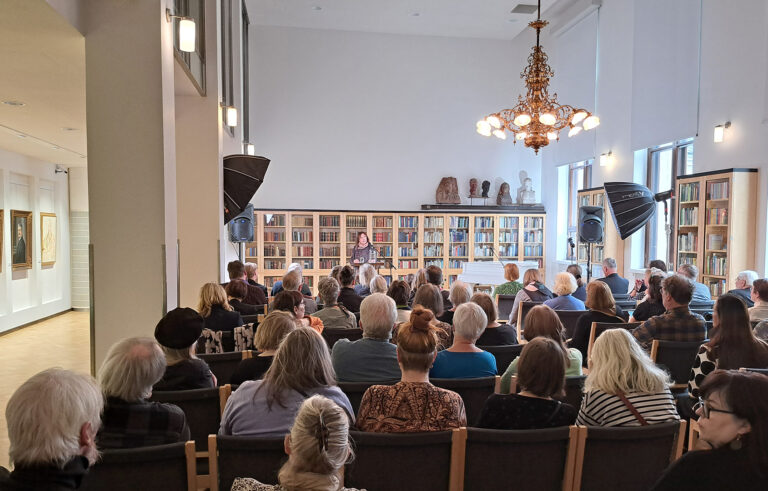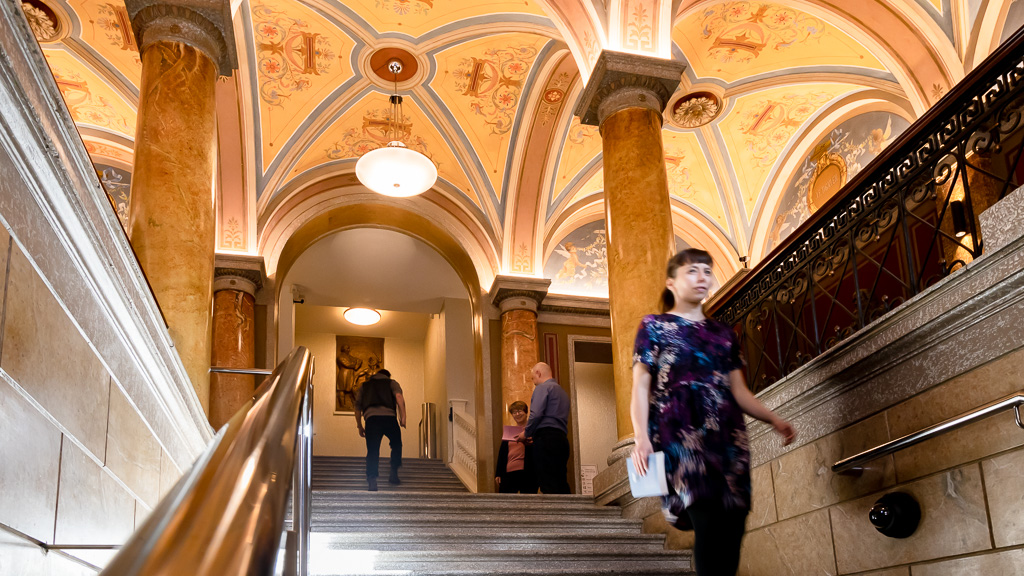About us
The mission of the Finnish Literature Society is to carry out and support research and promotion of Finnish culture and cultural heritage. We work for civilisation, cultural self-understanding and dialogue. We are committed to increasing understanding based on scholarly knowledge and to deepening knowledge about the diversity of cultural phenomena.
For the humanities, SKS is a unique centre of expertise and platform for operations.
SKS
- is a learned society and cultural organisation founded in 1831
- is Finland’s largest publisher of open access scholarly books in the field of humanities
- collects and records Finnish culture and cultural heritage
- conducts scholarly research
- supports the translation, export and internationalisation of Finnish literature
- distributes grants and awards
- organises open seminars and cultural events
- offers visits, workshops and open online learning materials to schools and educational institutions
- conveys information about oral and written culture.
At SKS, our oral culture was transformed into a written one, and the Finnish language was developed into a language of culture.

Organisation
The Finnish Literature Society is a non-profit organisation. The highest decision-making body of the SKS is the annual meeting, and our activities are supervised by a Board of Directors elected by the delegates. Our activities are headed by the Secretary General. The Society has six departments.

Come and visit us
You’re welcome to get acquainted with the activities and facilities of the SKS! We organise free presentations and guided tours of the SKS main building for groups.


